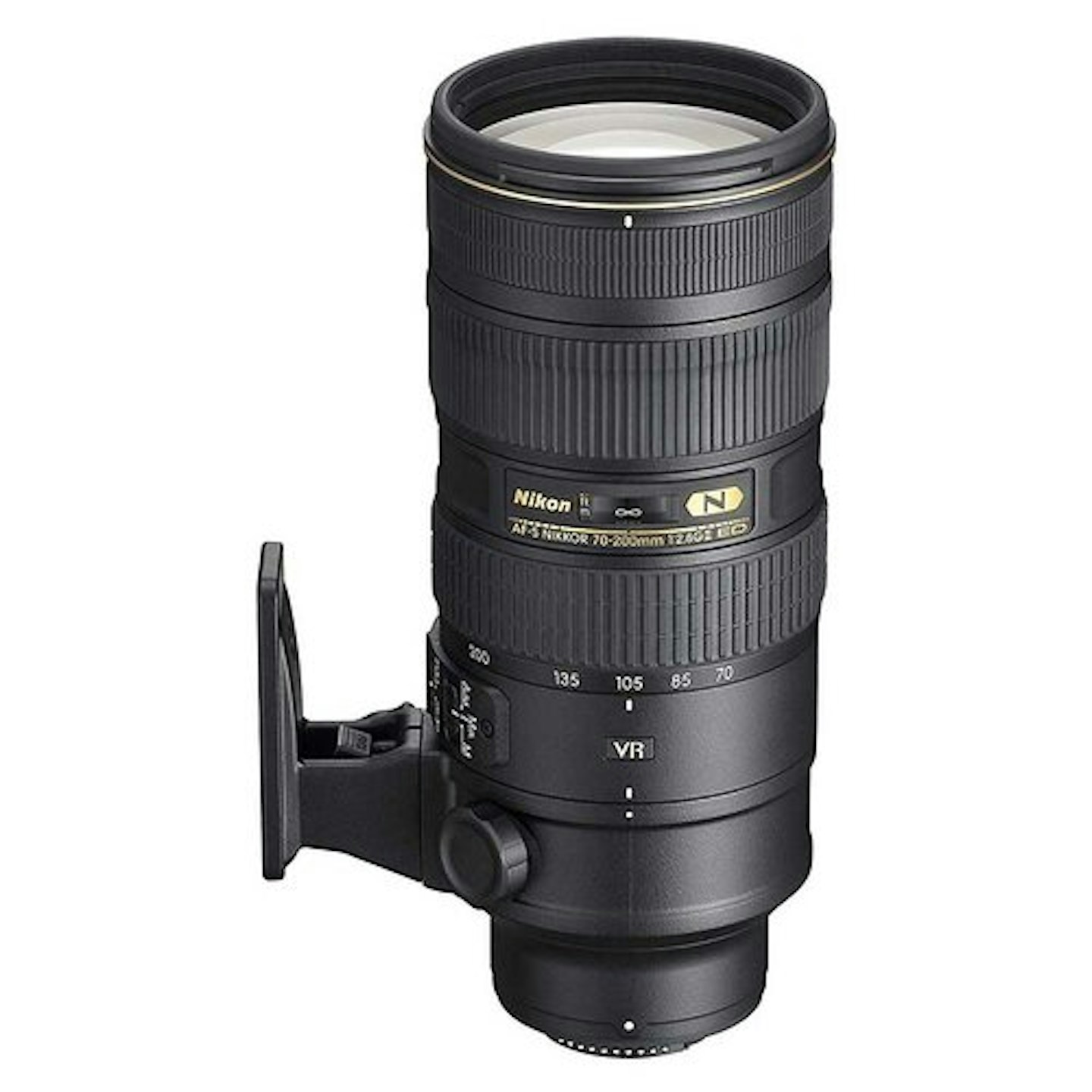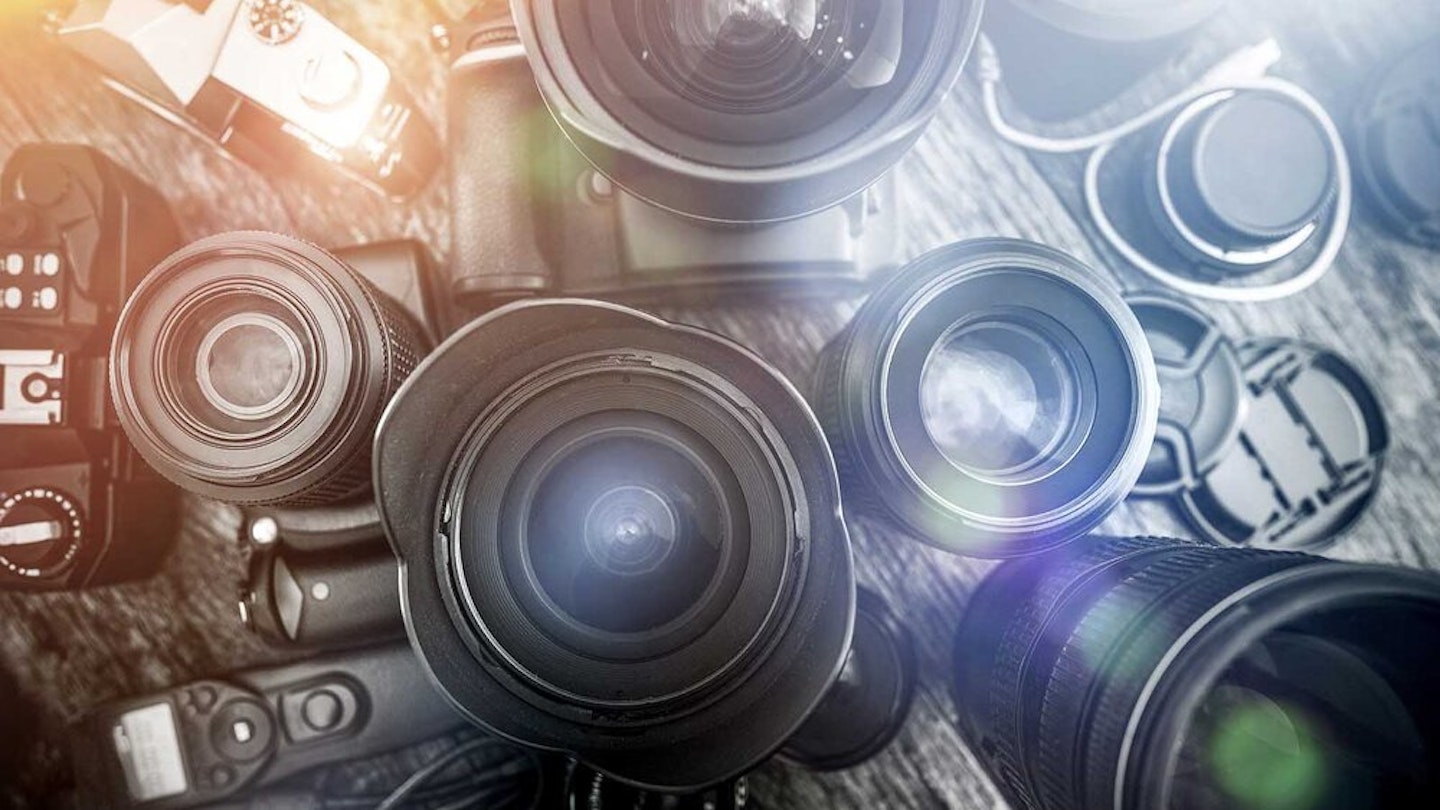We cast an expert eye over the ins and outs of your DSLR’s or CSC’s key features, revealing precisely what they do and how you can make the most of them to boost your photographic skills. Here we take a look at how to get the best out of your lenses, understanding which focal lengths are best for your favourite subjects, how to improve results from the gear you have, and what investing in new glass can bring to your arsenal...
The body is just one half of what makes up a camera as a whole – the other part is the lens.
And if you’re using a body that supports interchangeable lenses, like a CSC or DSLR, then you’ve got lots of choices about which lens you should choose.
One of the best ways that you can improve your pictures instantly is by understanding the specific benefits of the different types of lenses, which to use for your subject, and most importantly how to get the best out of them.
CHOOSING THE RIGHT LENS
It’s important to realise there are no right or wrong focal lengths or lenses for different subjects – it’s just that some are more generally appropriate than others.
For instance the big field-of-view, low magnification and close focusing abilities of short focal lengths and wide-angles makes them great for landscapes, and tight spaces where you need to pack a lot of scene into the frame. But there’s nothing to say you can’t use wide-angle lenses for portraits, wildlife or sport. Similarly, telephoto lenses are indispensable for magnifying far-off subjects, so they’re great for sports and wildlife, but you can also create brilliant landscapes with them. The important thing is to have the choice at hand, and the skills to get the best from whatever lens or focal length you choose.
SHOULD YOU UPGRADE YOUR LENS?
When we start out in photography, most of us begin with a kit zoom like an 18-55mm or 28-105mm, and though it’s sensible to upgrade this to more specialist options in line with the subjects you enjoy, it’s by no means vital. For instance, a monster all-in-one zoom like an 18-300mm might not provide ultimate quality and options like fast apertures, but its flexibility is huge, meaning it can be turned on almost any subject and produce excellent images, provided you have the skills to use it at its many different focal lengths.
FAQS – EXPLAINING THE JARGON
What is focal length?
The most important way to describe a lens is by its focal length, which is measured in millimetres. Focal length is a calculation of the distance between the point where light rays converge to form a sharp image of an object, and the focal plane in the camera (where the sensor is). This is measured when focused at infinity. In practice though, focal length just gives us an indication of the lens’ field-of-view.
What is field-of-view?
The field-of-view is inversely proportional to a lens’ focal length, so while a long focal length, for example 300mm, gives a very narrow field-of-view, a short focal length will give a wide field-of-view. Field-of-view is measure in degrees.
What is crop factor?
If you’re using a camera with an APS-C sized or smaller sensor you’ll need to add that chip’s crop factor to the focal length to get a better idea of its field-of-view.
What is zoom or prime?
Some lenses can be ‘zoomed’ between two focal lengths, such as an 18-55mm, and some are fixed to one, like 50mm, which is a prime.
What is fast or variable aperture?
Some zooms offer the same maximum aperture at all focal lengths, which are called ‘fast’, while on some the aperture will reduce as the focal length increases.
Three of the most common lens types :
WIDE-ANGLE LENSES
.jpg?auto=format&w=1440&q=80)
Wide-angle lenses have short focal lengths, so generally any model with a number less than 35mm is considered one. The shorter the focal length, the wider the field-of-view. So at 35mm, this could be 60˚, while at 20mm, it maybe be something like 90˚. Get below 20mm and you’re into the realm of ultra-wide lenses, so a 14mm lens could give you a huge 120˚.
Remember, though, that lenses give a narrower view on a cropped sensor, which is why wide-angles designed for smaller sensors have shorter focal lengths than full-frame models.
Most wide-angle lenses are used for landscape, interior and architectural views, so very wide apertures aren’t vital, but if you want to work in low light, try to find a ‘fast’ version.
STANDARD LENSES
.jpg?auto=format&w=1440&q=80)
The true mark of a standard lens is that its focal length is the same as the diagonal measurement across the camera’s sensor, with focal lengths from around 40mm to 70mm on full-frame cameras, or 30mm to 45mm on APS-C sized sensors.
With higher focal lengths comes a narrower field-of-view than with wide-angles, but they do provide a perspective that’s more similar to the human eye. This means they’re useful for reportage work. Standard zooms, like an 18-55mm or 24-70mm, incorporate the focal lengths required, not just primes. If you do go for a prime, though, you’ll get faster apertures, perfect for depth-of-field control and working with faster shutter speeds in low light.
It’s easy to overuse the benefits of very wide-angle lenses; they can make you lazy. Standard lenses make you work harder, moving your feet, not just zooming.
TELEPHOTO LENSES

Telephoto lenses are those with focal lengths over 70mm or so. First come short and medium telephoto, including lenses like 85mm, 105mm or 135mm, which give a slightly more magnified than normal view. Beyond that you’re into telephoto and long telephotos like 200mm and 300mm.
The longer the focal length, the more it will magnify the subject, so while short and medium versions are great for portraits, longer focal lengths bring small wildlife subjects into play. Again the focal length you need depends on the size of your camera’s sensor. For a Four Thirds sensor with its 2x crop factor, a 300mm lens gives an effective 600mm view. You have the option of zooms and primes, and while the latter are less versatile in framing, they’ll give wider apertures at lighter weights than zooms.
More tried and tested reviews:
Kirk Schwarz is one of our resident tech experts. A tech-addicted photographer with more than a decade's experience, Kirk's used to putting new gear through extreme field-testing.
Subscribe to the What’s The Best Newsletter to keep up to date with more of the latest reviews and recommendations from Kirk and the rest of the What’s The Best team.
